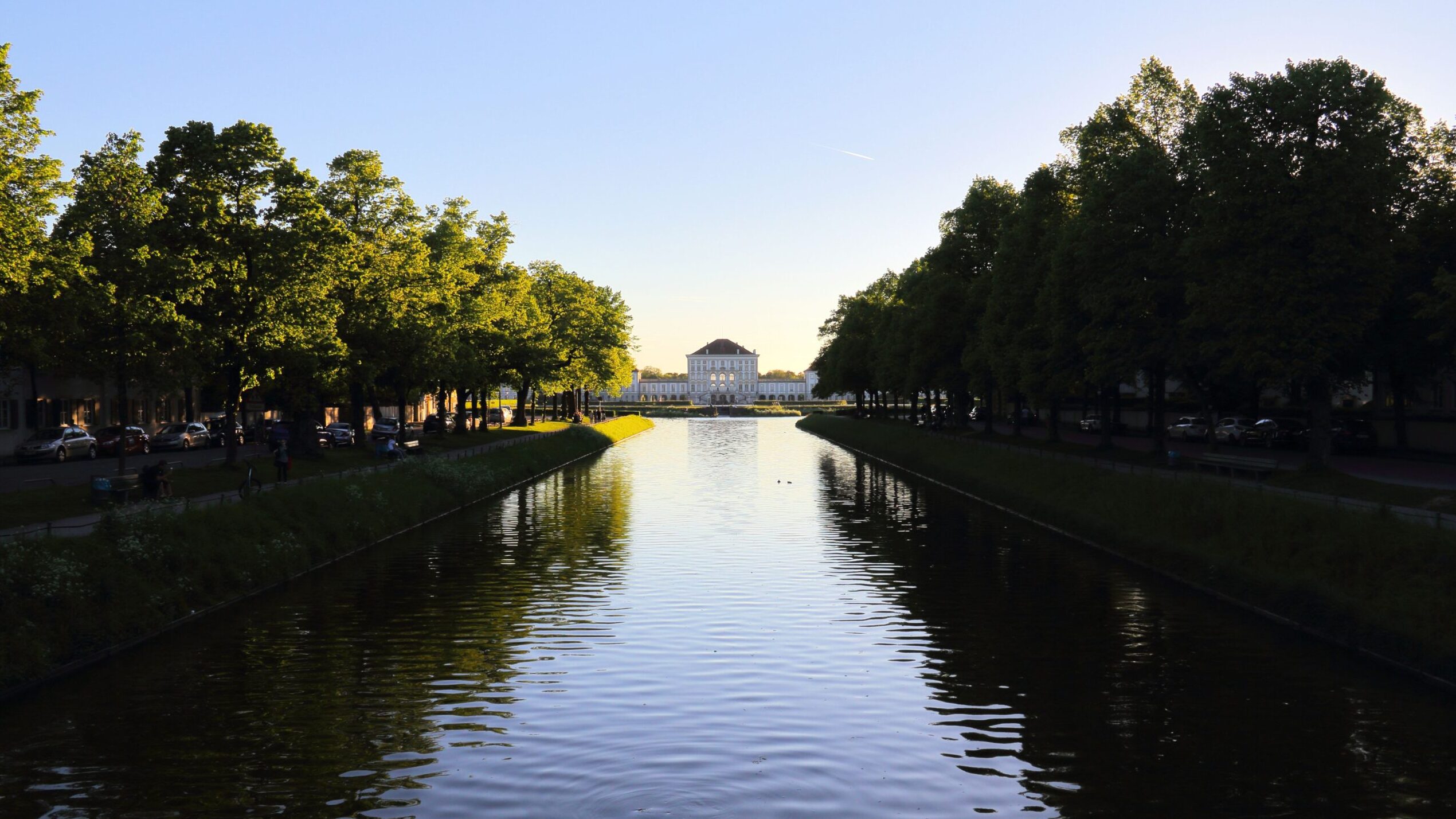
TreeSense at Nymphenburg Palace
TreeSense is pleased to announce its collaboration with the Bavarian Lakes and Palaces Administration (BSV). Together, we are using our innovative sensor technology to monitor and improve the vitality of the historic trees in Nymphenburg Palace Park. Find out more about the challenges, solutions and initial results of our project with the Bavarian Palace Administration and the State Institute for Forestry and Forest Management (LWF) in this article.
Background of the project
Nymphenburg Palace Park, one of the most important historical parks in Germany, was laid out in the 17th century. Originally conceived as a baroque garden, it was transformed into an English landscape garden in the 18th century. The old solitary and avenue trees bear witness to the park's eventful history and are the focus of our project today. Further information on the history of the castle park can be found here.
The mistletoe project in detail
Our project aims to monitor and improve tree vitality in Nymphenburg Palace Park. In particular, we are investigating the connection between tree vitality and mistletoe infestation. Mistletoe is a semi-parasitic fungus that can weaken trees and cause them to die. The historic lime trees in the park are particularly affected. The aim is to control the spread of mistletoe and ensure the long-term health of the trees.
Innovative sensor technology from TreeSense
Die von TreeSense eingesetzte Sensortechnologie, darunter der TreeSense Pulse Sensor, misst verschiedene Vitalitätsparameter der Bäume. Diese Sensoren erfassen Daten wie den “Herzschlag” der Bäume, Wassertransport und Stoffwechselaktivitäten. Die Sensoren sind am Stamm der Bäume befestigt und sammeln kontinuierlich Daten, die in Echtzeit analysiert werden. Diese Technologie ermöglicht eine präzise Überwachung der Baumgesundheit und frühzeitige Erkennung von Stressfaktoren.
Initial results and findings
The results of our project so far show that the TreeSense sensor technology contributes effectively to monitoring tree vitality. Initial analyses have already provided important insights into the influence of mistletoe infestation on tree health. This information is crucial for the development of further protective measures.
Particularly severe interventions in the crown architecture lead to a loss of tree vitality and increase the susceptibility and sensitivity to mistletoe. The Munich Tree Management Competence Center has therefore redefined the way mistletoe is pruned: In the coarse branch area (maximum 10 cm thick branches), it is no longer permitted to prune the branch, but only the mistletoe. The aim of the measure is to minimize the infestation pressure of the mistletoe while maintaining a species-typical tree habitus. In addition, there should be sufficient new growth, which slows down the re-growth of cut mistletoe by providing shade. Mistletoe may only be completely removed in the fine branch area, including pruning back to the healthy wood.
The sensors will remain in the lime trees until the end of 2024 and provide further data, as there are still questions to be answered that require a longer measurement period. The tree management team removed all mistletoe from half of the test trees in 2023. In the following vegetation period, it will now be possible to record how quickly and how well the trees recover from mistletoe infestation.
Challenges and solutions
During the project, we encountered various challenges, including adapting the sensor technology to the specific conditions in the castle park. One particular challenge was installing the sensors on the old trees without damaging them. Through continuous research and adjustments, we were able to successfully overcome these challenges and further improve the effectiveness of our technology.
Future prospects
In the coming months, we plan to expand the investigations. In the long term, we aim to transfer the knowledge gained to other historic parks and gardens in order to improve tree vitality there too. Our vision is to make a sustainable contribution to the preservation of historic tree populations through the use of modern technology. The cooperation with the LWF and the Bavarian Palace Administration is of exceptionally high quality with the highest scientific standards.
Our joint project with the Bavarian Lakes and Palaces Administration shows how modern technology can contribute to the maintenance of historic tree populations. The results so far are promising and we are looking forward to the next steps.
Stay informed
Follow TreeSense on social media and subscribe to our newsletter to stay informed about further projects and developments. You can also find more information under the following links: